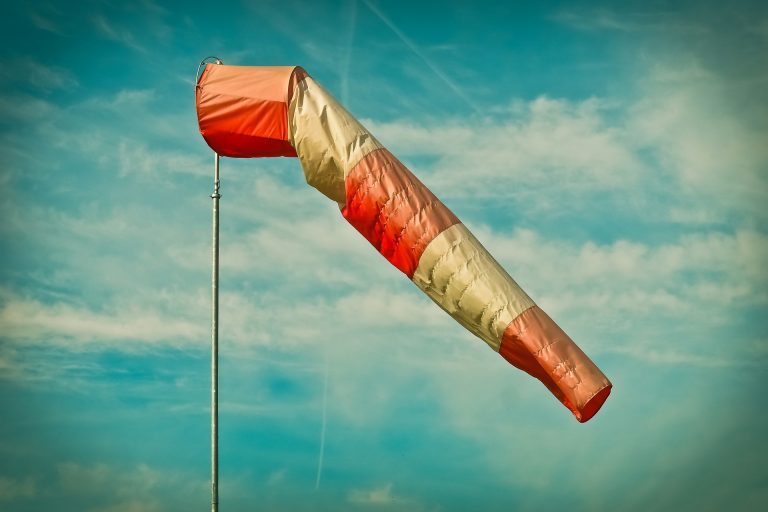The largest members of the Felidae (Cat) family, Tigers are considered to be amongst the most charismatic endangered species on the planet. According to recent studies by the World Wildlife Fund, tiger numbers have fallen by about 95% and the remaining numbers now inhabit 60% of the territory they occupied only a decade ago. Of…

Are Air-Purifying Plants Effective?
Household products, cigarette smoke, paints, chipboard furniture… Many pollutants are present in the air in our homes, particularly through fumes. In addition to regular ventilation, depolluting plants can give a serious boost to remove these chemical compounds from the air in our homes. They contribute to our daily well-being, in the same way as Feng…

What is Wind?
The wind is the movement of air, and although it is invisible, we can still feel it. Wind arises from pressure differences (due to temperature fluctuations) in the earth’s atmosphere. When air from high-pressure areas moves towards low-pressure areas, wind occurs. Hence, the higher the pressure differences between the two areas, the stronger the winds….

The Effects of Global Warming on Our Health
It is an undeniable fact that global warming is upon us and that its effects are cankering our planet as well as humans’ health. Below is an overview of how climate change is affecting our health. Increased air pollution The increase in ground-level ozone and particulate matter air pollution will add to premature deaths internationally…
Rhinoceros Poaching
What is Rhinoceros Poaching? Rhinoceros poaching is the illegal practice of killing rhinoceros to meet the high demands for their horns in Asian countries. Most of the poaching happens in South Africa, which is home to more than 80 percent of Africa’s rhinoceros and makes up to almost ¾ of the world’s wild rhinoceros’ population….

How Are Small Islands Preparing for Climate Change? Part 2
In view with the previous blog post on the same topic, we have discussed the alarming situation that all small islands are facing. We have discussed the impact of climate change on these islands and how their flora and fauna have been affected. Since, SIDS have taken up the responsibility to support small islands and…

4 Ways Animals Survive in the Desert
Deserts are far from lifeless lands. There are some resilient and wonderful animals and insects that call it home despite the hot and harsh conditions. Different species have distinct ways to survive in the desert. Here are 3 ways in which desert animals have been able to adapt and thrive in the environment. 1. Burrowing…

4 Interesting Facts About the Great Horned Owl
The great horned owl is the most common owl of the Americas. The large bird has a deep hooting voice, long ear-like tufts of feathers, and big yellow eyes that can be intimidating when they stare. Here are some interesting facts about this magnificent creature. 1. They Do Not Have Horns. Despite its name, the…

How Are Small Islands Preparing for Climate Change?
WHY SMALL ISLANDS? The first victims of climate change are going to be the small islands that are both inhabited or uninhabited. Appearing as a dot on the map, these small islands are often ignored from the big headlines and more forgotten when it comes to climate change. This phenomenon is going to change the…

The Effects and Prevention of Eutrophication
Eutrophication refers to algal blooms or excessive growth of phytoplankton (microcosmic plant-like organisms). Eutrophication occurs when there is an excessive amount of mineral and nutrient content in a water body. These nutrients can come from various sources, both natural and artificial. Natural sources are weathering of rocks that contain phosphorus, animal excrement, and other types…


